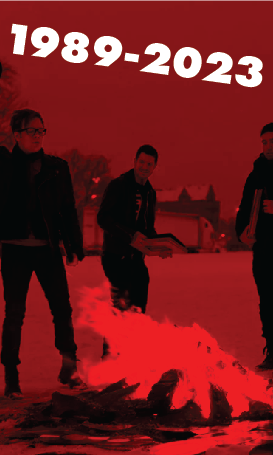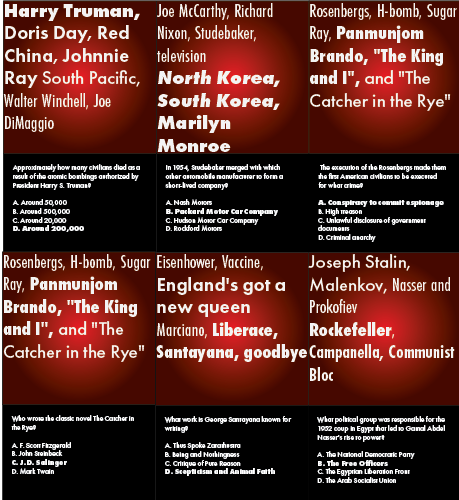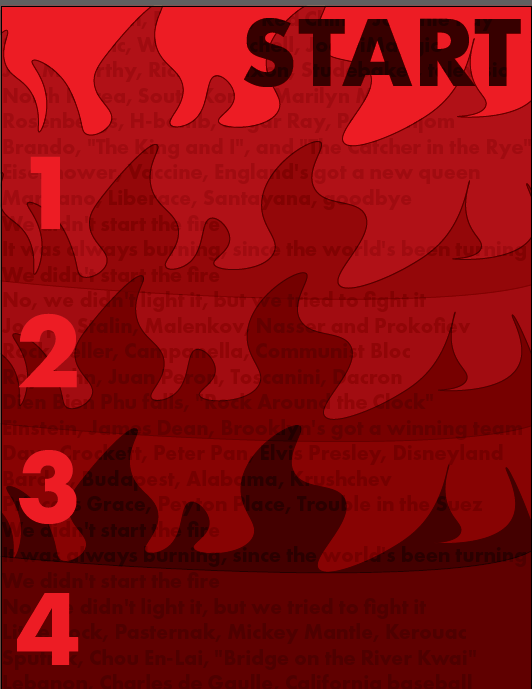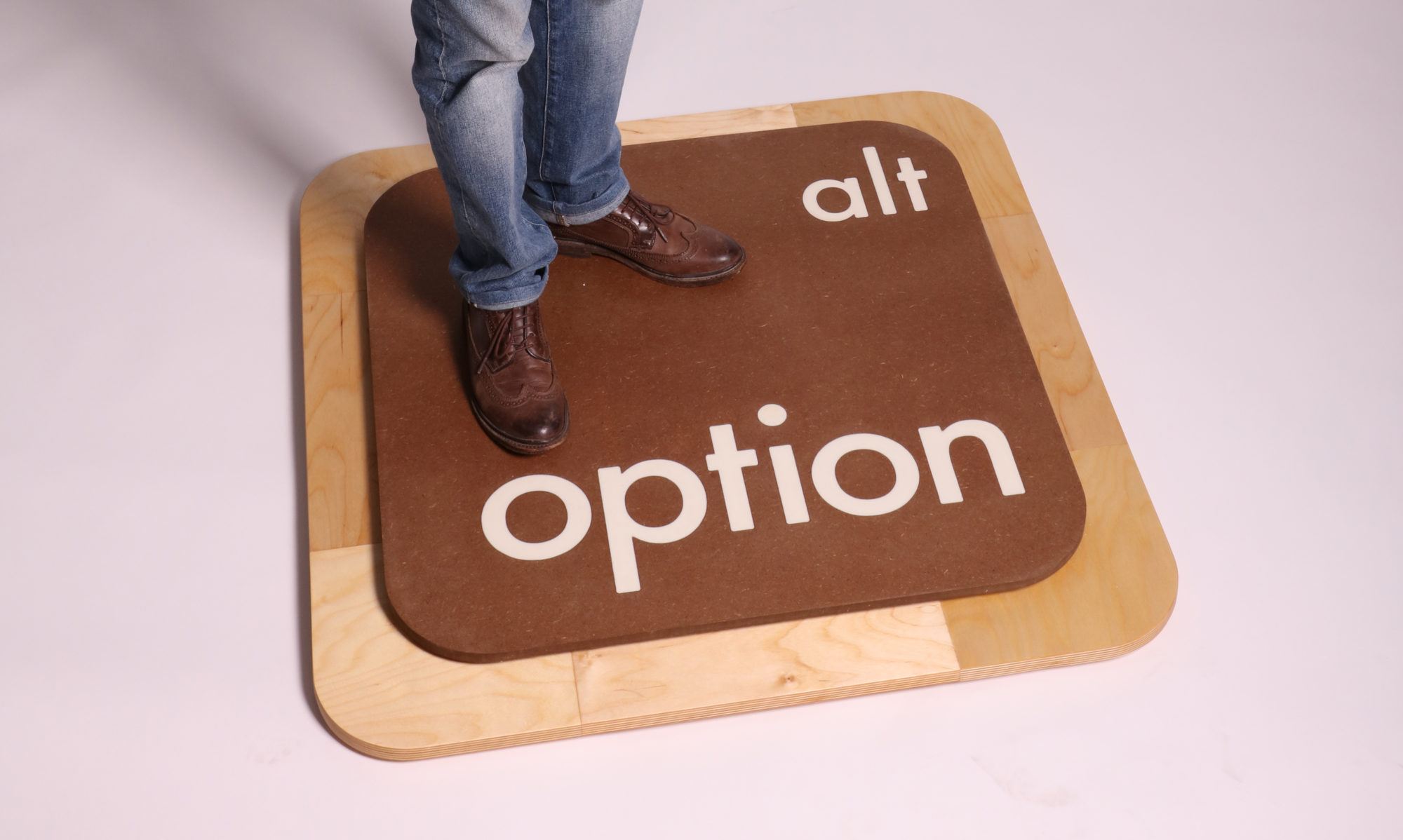Dumb Ways to Die Review
- Was it fun? Yes, I had fun playing this game again. I loved playing it again. I am a little bit disappointed that they removed the pledge to stay safe around trains, because I feel like that was the game’s whole original purpose, but I feel like they also made some positive changes as well. I like that you can now customize characters and you have rewards that incentivize you to keep playing.
- What were the player interactions? You were able to interact with the game itself by manipulating whatever was going on in the scene during the mini games. You don’t interact with other players, but the whole point of the game is to prevent these little characters from dying in various different ways.
- How long did it take to learn? This game is super quick to learn, especially since it tells you how to play each mini game at the beginning of it.
- Would you play it again? Yes, I will probably keep this downloaded on my phone whenever I’m bored.
- Analyze the game using the 3 act structure. The first act would be the first round of mini games. It starts off fairly slow and it’s pretty easy to pass the mini games without dying. After the first round or two, it likely enters the second act (depending on how good you are at the game) and the timer for the mini games begins to get faster and more challenging. The third act would be when you start losing lifes and you are down to 1 life left. The second you lose that, the game is over (unless you watch an ad to save yourself).
- What are the collaborative and or competitive aspects of the game? While it isn’t a multiplayer game, it is definitely a more competitive type of game as it constantly reminds you of your high score so you want to be continually improving upon that. It also has you “compete” for rewards and the rewards will build up faster the better you are at the game.
- What is the game’s metaphor and which of the game’s mechanics standout? The game’s metaphor originally was to be safe around trains, particularly not being on your phone distracting you as it is extremely dangerous. The game has kind of morphed into being safe in general in life, with some of the scenario mini games being probably not the most realistic ways to die, but it still carries the message. The most standout mechanic for me was being able to collect rewards from playing and gaining points. Those rewards could include character customizations, which I don’t ever remember there being before. A lot of the mechanics to complete the mini games are very similar, even more so than I remember and I am really just sick of having to tap really fast.
Cards against Calamity Review
- Was it fun? Yes, I enjoyed it. I found it quite challenging at times though.
- What were the player interactions? While you aren’t interacting with other players, the player makes decisions as the mayor about how the town was going to proceed in certain scenarios. Your decisions influenced the livelihood and resident sentiment of the town.
- How long did it take to learn? This game is super easy and fast to learn. However, it might take a bit longer to develop a decent strategy where you manage the stakeholders and the community sentiment, while making decisions that you agree with.
- Would you play it again? Yes, I would. I think I would play it and test out some different strategies to see what works best and what doesn’t. It seems like if I pick just based on the actions, what I believe is the right thing to do, it upsets some of the stakeholders, so the second time that I played, I solely looked at the stats of each of the different stakeholders. I would also be curious to see if I could pass on one of the harder difficulties.
- Analyze the game using the 3 act structure. The first act includes the introduction to the game, where it explains that you are a mayor and you have to balance community resilience and the needs of the community and stakeholders. I would say that the first few rounds would be included in the first act, and you are beginning to understand how certain actions may affect your gameplay experience. The second act would be when you are in the turns where you start to really make some drastic changes. You will gain or increase points in different areas drastically. The third act would be when you are nearing the end of the game and that could happen if you accidentally lose all of your community resilience points or you make it through all 8 rounds of the game.
- What are the collaborative and or competitive aspects of the game? This isn’t a multiplayer game but it is not necessarily a game where you are trying to get a great high score or anything you are just purely trying to survive and keep the town well.
- What is the game’s metaphor and which of the game’s mechanics standout? The metaphor of the game is that you are the mayor of a small town and you must keep your community resilient while maintaining good relationships with stakeholders. You want the town to thrive as much as possible, but you are also in the face of natural disasters and other events that can make it difficult to maintain an even balance. The mechanics that stood out to me were how each choice directly affected your points in stakeholder categories, but they could also be affected by the feedback from around the town. I found it interesting that you are allowed to go into the negatives of one of the stakeholder categories, but you cannot get to 0 community resilience. It was really interesting to try to balance everything and it was really difficult.
Thoughts on ARGs: A World Without Oil
I thought that this was a very interesting game idea, and I’m not sure if I would have thought of this as a game prior to this class. I think that games like this are likely much more effective at getting their point across because you are actually living and experiencing the game. Even other games that present important issues like this to me don’t seem as effective as this because there is still that level of separation between the player and the game. For most games, at the end of the day, you can put the game away, but this one, is much more of a real life experience. I think, depending on the specific game, I would play a game similar in concept to this. However, it seems like it really takes some commitment which would be quite difficult.
Thoughts on Discovery Tour by Assassin’s Creed
This game seems like a great idea. It allows for players to experience places and landmarks that otherwise they may never be able to see in real life. I think it would be a fascinating experience to actually play this game and I like its purpose; however, I can only imagine that this could quickly become boring. If you are able to experience this with other players, I think that would help that factor of this game.
Thoughts on Detroit Become Human
I am very interested in this game, especially after hearing everyone who has played this before’s thoughts. I like the idea of seeing and experiencing the backstory and lives of different characters, even if experiencing it is emotionally taxing. I don’t think I have ever played a game that has made me feel sad before and now I am very curious to experience this. The experience almost sounds like being able to interact with a really good movie. I do feel that I may have a hard time playing this game based on what I heard about it, but it sounds like it would be worth it for the emotional experience.
Thoughts on Factorio
The artstyle of this game is super cool and I loved the intended messaging behind it. I do kind of agree with what we discussed in class that it may be difficult to fully grapple with the topic of environmental destruction as a result of industry building when you don’t really experience the negative effects of the environment being destroyed. I mean the game does seem to get harder and events happen as a result of destroying the environment, but I’m not sure if I would necessarily correlate the two if I was actually playing the game. I would probably just think that the game is getting harder because I have been playing it for a while, and not as a result of the environment being destroyed. I think if the game were to include text or dialogue about what is going on, this could make the message more effective (kind of like what is done in the McDonald’s game when you destroy the villages), but it may also turn some people off from the game.
Thoughts on Outer Wilds
Outer Wilds seems like such a cool game, that would be challenging. I like the idea that every so often the universe just ends and you have to restart. I think that playing it would be like a race against the clock to see how much you can explore and get done before it happens again. I can imagine it feeling a little bit existential in the process of playing it. I would definitely play this game.
Thoughts on Gris
I 100% want to play this game someday and plan on buying it in the future. Years ago, I was first attracted to this game because of its beautiful art style, but now that I know that this game represents mental health, I want to play it even more. It seems like it not only is visually beautiful, but that it tells a beautiful story, without being too overbearing. I also really enjoy how the mechanics of moving the girl reflect her mental state, and I really hope that that means that she gains more abilities and is able to move faster and better by the end of the game. I really really reallyyyyy want to play this game.
Thoughts on Gone Home
Gone home is a very intriguing game and I also love the art style of it. I like that the game is pretty much just roaming around a house trying to find clues to understand more about the game and know what is happening. From the trailer, I am very invested in the story and if I don’t get to play this game, I would be very interested in watching a playthrough of it. I wish I could say more about it but I don’t know what happens, which makes me that more enticed to play it.
Thoughts on The Layoff Game
The layoff game seems rather simple in execution but very impactful when it comes to its messaging. I understand why a lot of people at the time of this game’s release thought that it was insensitive to what was going on, but the game’s purpose also isn’t for it to be a fun game that makes people happy. It is a commentary on real life, which is what makes it such a good game. I think that the best part of this game is the fact that it includes the biographies and a little bit about the people that you have to lay off, so it’s not just a matter of statistically laying off a lot of people, you realize that they are all people at the end of the day with different lives. It definitely humanizes the situation more from the perspective of someone who is doing all of the laying off.
Thoughts on Fake it to Make it
I think that this game is a good example of how easy it is to make and spread fake news (as well as profit off it). I like that the game isn’t abstract in its messaging; you are doing exactly that and that is persuasive to make you realize the gravity of the situation. I also appreciate that they still did this in a way that is fun, as some of these games can start to feel too educational a lot of the time.








